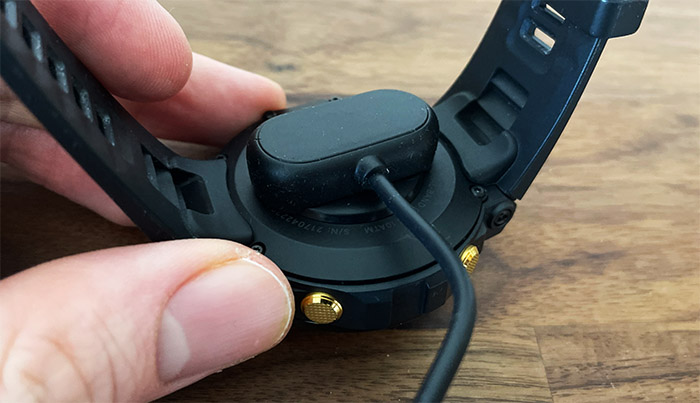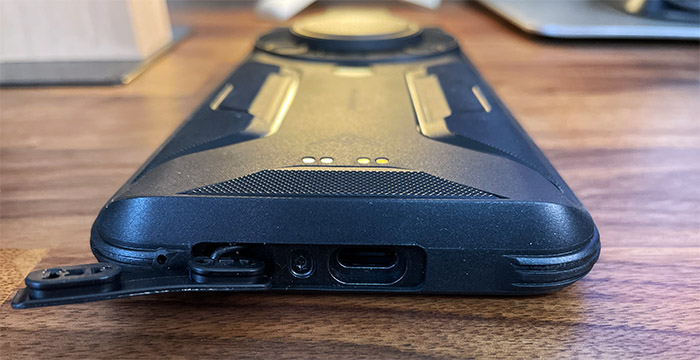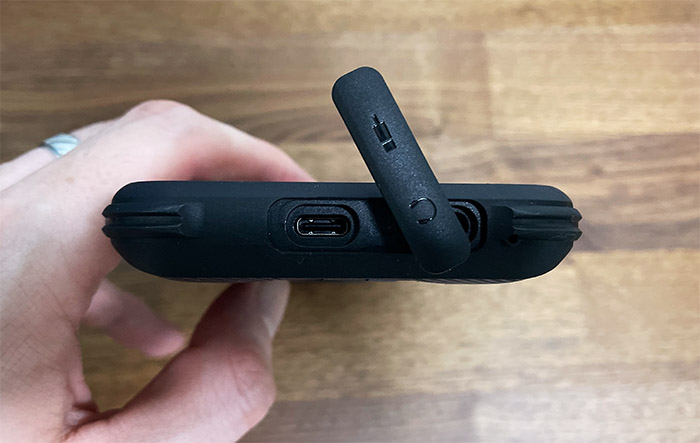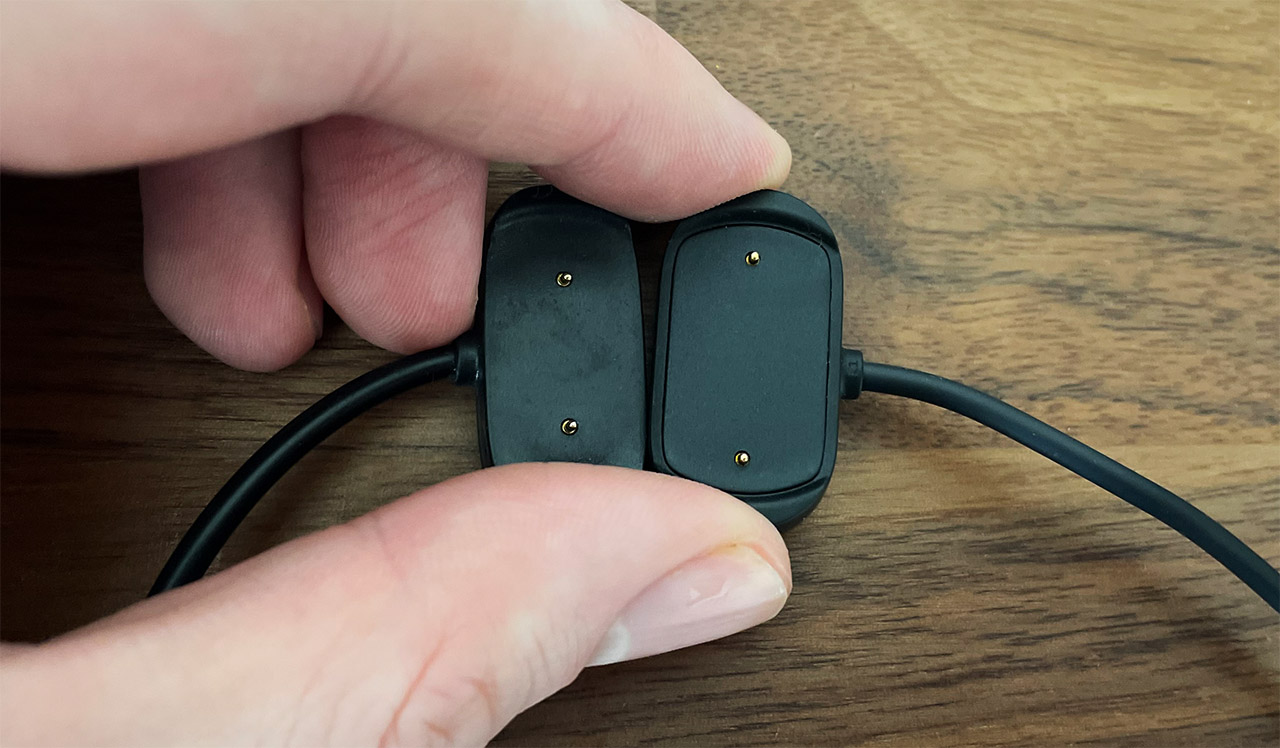While there was a lot of skepticism when the smartwatch entered the market, this device has managed to grow out of is niche stage (where Pebble was the audience’s darling) and at the moment, the global smartwatch market is a multi-billion US dollars industry. Judging by the research conducted by GrandViewResearch.com and FortuneBusinessInsights.com, both the US market and the global market are expected to rise even more, reaching a very high level of adoption, potentially rivaling that of the smartphone.
Statista.com shows that about 231.27 million users will have a smartwatch by 2026. Another interesting aspect that needs to be discussed is how the disruptive events of the past two years have had no negative impact on the smartwatch market, quite the contrary since the adoption has risen by several percentages. That’s because the smartwatch is not just a luxury item or an unnecessary extension to your smartphone, its medical applications put it far above that.

There are disclaimers over disclaimers that the smartwatch is not a medical device and should not be seen as a replacement for professional gear. While that’s undeniable, one can’t ignore the fact that the heart rate monitoring from some top brands (including Apple) have helped a lot of people to detect early signs of heart failure.
IMPORTANT: I have started a petition to bring some awareness about the damage that the proprietary smartwatch chargers bring to the environment and you can sign it here on Change.org.
The smartphone uses a standard universal charging port and so should the smartwatch
If you remember the days before the smartphone where each brand phone would have its own charging port and even between generations of devices from the same manufacturer, the port would have a very slight adjustment as to not be compatible between models. Then, the smartphone came into existence which has prompted the discussion on whether we should have a universal charging port. We first went through the microUSB phase reaching the far more efficient, versatile and powerful USB-C.

Apple is the last manufacturer that has resisted this change until very recently when Europe has demanded for Apple to comply and adopt the USB-C on its iPhone line.
I know that Apple makes a lot of money from selling accessories (see an interesting analysis from BusinessInsider), so it’s lucrative to try and circumvent the rules or just keep the charging port proprietary.
I do have to mention that while testing some smartphones, I have seen some cunning anti-consumer moves to circumvent the USB-C standard by narrowing the entrance towards the USB-C connector (AGM Glory Pro and H5 Pro are guilty of this behavior). This should give the obvious conclusion that the large tech brands don’t really have the best interest of the people in mind, but that of increased profit.

And the argument is not to limit the potential for extra revenue (arguably), but the devastating impact that this behavior has on the environment due to the ever growing e-waste. And if you thought that all electronics are recycled, well, this is what actually happens with the electronic waste: Electronic Waste Facts
How come the smartwatch doesn’t use USB-C?
A similar behavior to the pre-smartphone era can be observed when analyzing the smartwatch. I had the chance to test quite a few smartwatches from different price ranges the last few years and I saw that each brand had its own unique pattern of metallic pins. Unlike the charging port on a smartphone where you insert the cable, the smartwatch charging cable needs to attach magnetically to the rear side of the case. This has allowed the manufacturers to choose whichever pattern and size they wanted for the charging cable connector and while the common sense dictated that one metallic pins pattern would be enough for a smartwatch series, things took a very problematic path.
I recently tested the Amazfit T-Rex 2 which came with a charging cable seemingly identical to the Amazfit T-Rex Pro. I rejoiced at the thought that maybe I can use the same cable for both smartwatches, but that was not the case at all. At first glance, the position of the metallic pins seems identical on both smartwatches but on close inspection, we see that the manufacturer moved them slightly.

Nothing else has been changed, just this small adjustment so the user won’t be able to rely on the older cable. So yes, the problem got worse because now we have incompatibilities between generations of smartwatches and between different models within the same brand. And the reason why I think they got away with it is because the USB-C connector is too large to be implemented into smartwatches. Obviously, it’s not only Amazfit that engages in this behavior and I have seen it on most smartwatches brands out there.
What can be done to fix this problem?
As the title says, we need a standard charging solution for all smartwatches. I know that ideally, all devices should be able to be charged using a USB-C cable, but due to the nature of the smartwatches, this is pretty much impossible (the case is too small). Still, having a dedicated standard only for smartwatches would substantially limit the number of needed cables per household. For example, a family of four, all members using smartwatches could use one or two cables instead of four and for a lot longer since going for a newer generation of smartwatches would not require a new charging cable.
Some smartwatches can be charged wirelessly (Qi charging) and while I would entertain the possibility for all devices to have this technology built in, it’s not going to happen if the smartwatch costs less than $100. And the inexpensive smartwatches do constitute a large portion of the market, so the potential e-waste would not be negligible.
There is very little, to no talk about this issue, so it’s important to bring more awareness to the damage that millions of cables (most in perfect condition) thrown every year can do to the environment. I am really happy that all smartphones, including iPhones will now have a single charging port (hopefully this trend will propagate outside the EU) and I do hope that the smartwatch manufacturers can also be convinced to do the right thing and adhere to a universal charging standard.

Mark is a graduate in Computer Science, having gathered valuable experience over the years working in IT as a programmer. Mark is also the main tech writer for MBReviews.com, covering not only his passion, the networking devices, but also other cool electronic gadgets that you may find useful for your every day life.
